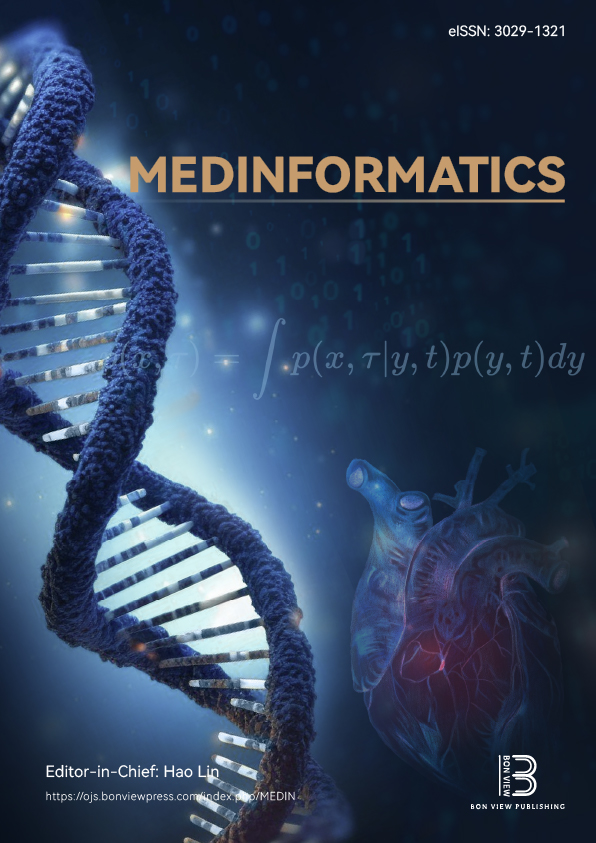Bioinformatics Analysis Identifies Potential Hub Genes, Therapeutic Agents, and Crucial Pathways in the Pathogenesis of Refsum's Disease
DOI:
https://doi.org/10.47852/bonviewMEDIN32021516Keywords:
Refsum's disease, drug discovery, text mining, hub genes, MCODEAbstract
Refsum Disease is a infrequent, inherited, autosomal recessive condition. The purpose of this study was to investigate prospective therapeutic drugs to cure Refsum disease and to determine the critical genes/pathways through bioinformatics analysis. Using the text mining method, Refsum disease-related genes were discovered and MCODE plugin, GO & KEGG analyses was used to examine modules. A PPI network was created by STRING and visualized in Cytoscape. Drug-gene interactions were investigated using the drug-gene interaction database. Using the text mining of gene (TMG) method, 64 distinct genes in Homo sapiens linked to Refsum illness. There were 71 edges and 48 nodes in a PPI network. 13 hub node genes were discovered using a cluster analysis of filtering nodes. The genes were then significantly elevated in protein trans-membrane transport, protein import to the peroxisome matrix and fatty acid beta-oxidation, according to the enrichment analysis. We discovered that two already-approved medications could target two of the 13 chosen genes. The findings revealed the hub genes for Refsum illness to be SLC27A2, AGXT, GNPAT, CRAT, HSD17B4, AMACR, CAT, SCP2, PEX13, PEX10, PEX1, PEX7, and PEX2. Additionally, Ibuprofen and alcohol were named as prospective therapeutic agents for the management and therapy of Refsum’s illness. Only bioinformatics tools were used in this study further in-vitro and in-vivo studies are required because phenotypic differences will vary from person to person depending on the expressivity of the gene.
Received: 9 August 2023 | Revised: 16 October 2023 | Accepted: 20 November 2023
Conflicts of Interest
The authors declare that they have no conflicts of interest to this work.
Data Availability Statement
The data that support this work are available upon reasonable request to the corresponding author.
Downloads
Published
Issue
Section
License
Copyright (c) 2023 Authors

This work is licensed under a Creative Commons Attribution 4.0 International License.


